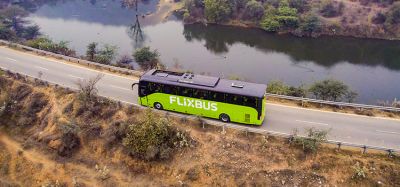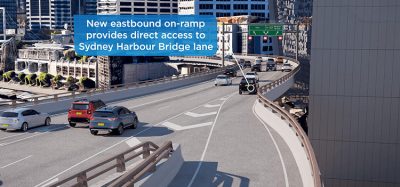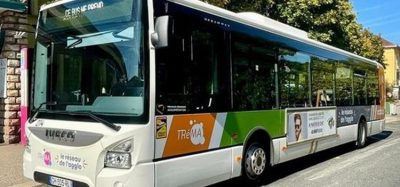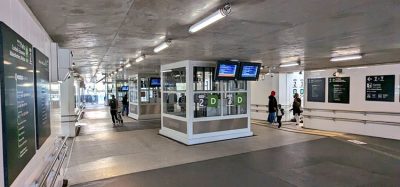RTC Southern Nevada to fit new tech to Las Vegas’ freeways
- Like
- Digg
- Del
- Tumblr
- VKontakte
- Buffer
- Love This
- Odnoklassniki
- Meneame
- Blogger
- Amazon
- Yahoo Mail
- Gmail
- AOL
- Newsvine
- HackerNews
- Evernote
- MySpace
- Mail.ru
- Viadeo
- Line
- Comments
- Yummly
- SMS
- Viber
- Telegram
- Subscribe
- Skype
- Facebook Messenger
- Kakao
- LiveJournal
- Yammer
- Edgar
- Fintel
- Mix
- Instapaper
- Copy Link
Posted: 3 February 2021 | Intelligent Transport | No comments yet
The new technology will include wrong way sensors and data collection sensors in some of the busiest lanes to help reduce congestion and emissions.


Las Vegas' freeways will benefit from wrong way sensors and better data collection for busy lanes
The Regional Transportation Commission of Southern Nevada (RTC), the Nevada Department of Transportation (NDOT) and partners have received a $6 million grant to expand emerging technologies on Las Vegas freeways.
The five-mile expansion will extend west of downtown Las Vegas between I-15 and Summerlin Parkway on US 95, a critical corridor that carries approximately 230,000 vehicles daily. It’s hoped that these technologies will help enhance safety by mitigating congestion, decreasing the number of crashes, reducing travel time and increasing overall efficiency of the freeway.
The $6 million in funding comes from the US Department of Transportation’s Federal Highway Administration (FHWA) Advanced Transportation and Congestion Management Technologies Deployment (ATCMTD) program. The ATCMTD program funds early deployments of forward-looking technologies that can serve as national models.
“It is essential that we prioritise safety and efficiency on the roadways that Nevadans rely on every day to get to work and home to their families,” said US Senator Catherine Cortez Masto (D-NV).
“This grant will fund emerging technologies on freeways in Las Vegas to improve traffic management, prevent car accidents, and inform first responders of incidents as quickly as possible. I’m proud to have advocated for this vital transportation funding, and I’ll continue to prioritise the safety of Nevadans across the state.”
Some technologies that will be deployed along US 95 include wrong-way sensors that alert drivers immediately if they’re traveling in the wrong direction; occupancy detection sensors in High-Occupancy Vehicle (HOV) lanes that collect data to reduce congestion and emissions; and overhead signs that warn motorists about incidents, speed reduction and lane closures ahead to mitigate crashes resulting from sudden braking.
“As the traffic management agency for the region, it is essential that we continue to collaborate with the state and local governments and our university to employ emerging technologies to improve safety, mitigate traffic and help save lives,” said M.J. Maynard, RTC Southern Nevada chief executive officer.
“This grant will enable us to work closely with our long-standing partners to expand our footprint in informing motorists, emergency responders and traffic technicians about incidents in real time. We are grateful to our federal delegation and community partners for their continued support of these efforts, as we all work together to reduce the number and severity of crashes on our valley’s roadways.”
“NDOT is committed to leveraging every tool available, including emergency technologies, to further our mission of making Nevada safe and connected,” added NDOT Director Kristina Swallow.
“NDOT is proud to work with its local, state, and federal partners in finding creative and high-tech solutions to improve driver efficiency and traffic flows while reducing secondary crashes.”
Related topics
5G & Transport Communications, Artificial Intelligence, Infrastructure & Urban Planning, Intelligent Transport Systems (ITS), Transport Governance & Policy, Vehicle & Passenger Safety
Related modes
Car
Related cities
Las Vegas
Related organisations
Nevada Department of Transportation (NDOT), Regional Transportation Commission of Southern Nevada, US Department of Transportation’s Federal Highway Administration (FHWA)
Related people
Catherine Cortez Masto, Kristina Swallow, MJ Maynard








